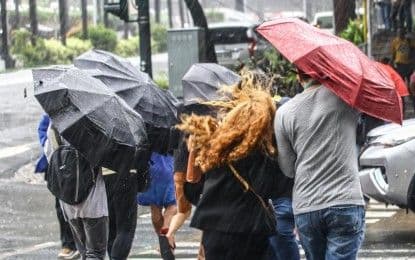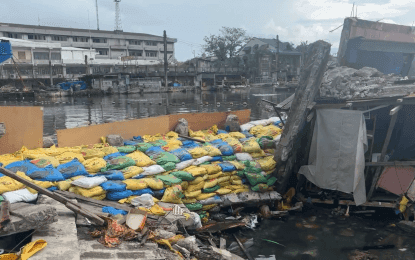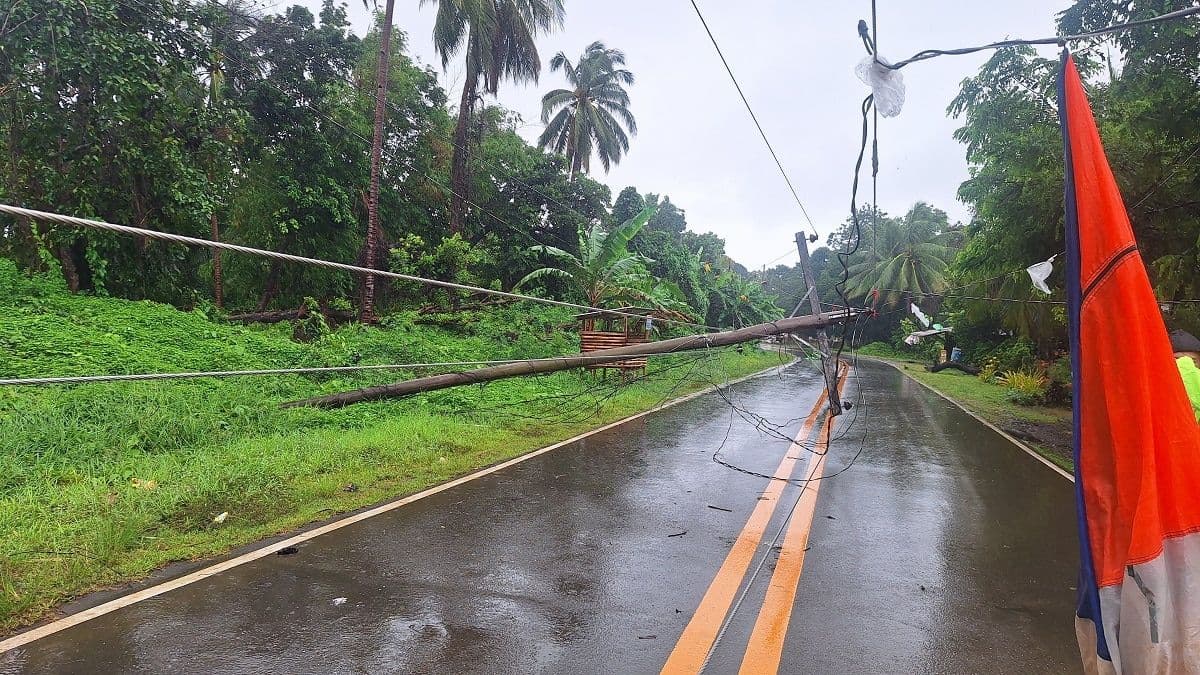Beyond the Daily Bulletin: Decoding the Philippines' Shifting Skies
Unpack Philippine weather beyond forecasts. Explore Habagat, Amihan, PAGASA's insights, and practical prep. Understand climate trends for a resilient future.

The Rhythms of Rain and Shine: Philippines' Climates Explained
The Philippines, an archipelago nestled in the heart of Southeast Asia, experiences a climate profoundly shaped by its geography and prevailing winds. Forget the simple 'rainy' and 'dry' seasons; the true rhythm of the nation’s weather is a complex dance orchestrated by powerful atmospheric patterns. A prime example is the southwest monsoon, or habagat, a force that brings significant rainfall, particularly to the western parts of . On a typical July day, like the 27th, we often see Luzon shrouded in overcast skies and scattered rain showers, a direct consequence of this monsoon's influence. Conversely, regions like the and might enjoy fairer weather, punctuated only by isolated thunderstorms. This regional variation underscores the archipelago’s diverse microclimates, where proximity to mountain ranges or coastlines can dramatically alter daily conditions. Understanding these fundamental patterns, from the seasonal habagat to the ever-present threat of tropical disturbances forming within or just outside the , is the first step towards truly comprehending the nation's shifting skies.

Decoding PAGASA's Language: Understanding Weather Jargon for Daily Life
Navigating daily life in the Philippines often hinges on a clear understanding of 's bulletins. But what do terms like "scattered rain showers" versus "isolated thunderstorms" really mean for your commute or plans? "Scattered" suggests widespread rainfall across a larger area, implying a higher likelihood of encountering rain wherever you are in the affected region. "Isolated," on the other hand, means only a few areas will experience rain, making it more of a localized event. When PAGASA mentions "overcast skies," expect a day without much sunshine, while "fair weather" promises generally clear conditions with minimal chance of precipitation. Beyond the daily forecast, understanding terms related to sea conditions – "rough seas" indicating dangerous conditions for small vessels, or a "gale warning" signaling very strong winds – is crucial for maritime communities. Even the distinctions between a "low-pressure area (LPA)," "tropical depression," and a full-blown "typhoon" are vital, each signaling an escalating level of intensity and potential impact. Deciphering this meteorological lexicon empowers everyone to make informed decisions, transforming abstract terms into actionable insights for safety and planning.

Mastering the Monsoon: Practical Preparedness & Resilient Living
With a grasp of PAGASA's terminology, the next crucial step is translating that knowledge into practical preparedness and resilient living, especially during the peak monsoon season. When forecasts warn of "moderate to heavy rains" due to the habagat or an approaching tropical depression, Filipinos know the drill: potential flash floods and landslides are real threats. This isn't just theory; we've seen firsthand how these events can render major thoroughfares impassable, disrupting livelihoods and isolating communities. Being prepared means more than just carrying an umbrella; it involves proactive measures. Families should have emergency kits ready, including food, water, and first-aid supplies. Understanding local evacuation routes and designated shelters is paramount, particularly for those in low-lying or landslide-prone areas. Local government units, like 's efforts in disaster response, are continually refining their strategies, but individual vigilance remains the cornerstone of resilience. It's about building a culture where weather information isn't just passively received but actively used to safeguard lives and property, turning potential vulnerabilities into strengths through informed action.

Climate's New Chapter: Navigating Future Weather Extremes
While mastering the present weather patterns is essential, the Philippines stands at the forefront of a new atmospheric chapter: navigating increasingly extreme weather events driven by . The very systems we've discussed – the habagat, tropical depressions, and typhoons – are projected to intensify, bringing more erratic and devastating impacts. We might see fewer but more powerful typhoons, or shifts in rainfall patterns leading to prolonged droughts in some areas and more intense flooding in others. This long-term outlook necessitates a fundamental shift in our approach to weather, moving beyond daily forecasts to long-range climate projections. It means investing in climate-resilient infrastructure, from improved flood gates to more robust road networks that can withstand future deluges. It also calls for continuous public education, ensuring that communities are not just prepared for the next storm, but are adaptable to a future where "normal" weather is constantly redefined. Our ability to interpret PAGASA's data, combine it with a forward-looking climate perspective, and implement adaptive strategies will define the nation's resilience in the face of these evolving challenges.
Related Articles

Unseen Waters Rising: Navigating the Philippines' Red Rainfall Warnings

Unseen Waters Rising: Navigating the Philippines' Red Rainfall Warnings

Philippine Skies Under Siege: Decoding the Double Whammy of Tropical Storms and Monsoon Rains

Philippine Skies Under Siege: Decoding the Double Whammy of Tropical Storms and Monsoon Rains

Weathering the Storm: Unpacking Resilience in a Deluge-Prone Nation

Weathering the Storm: Unpacking Resilience in a Deluge-Prone Nation

Anticipating the Monsoon's Fury: What Dante 2025 Reveals About Our Preparedness
